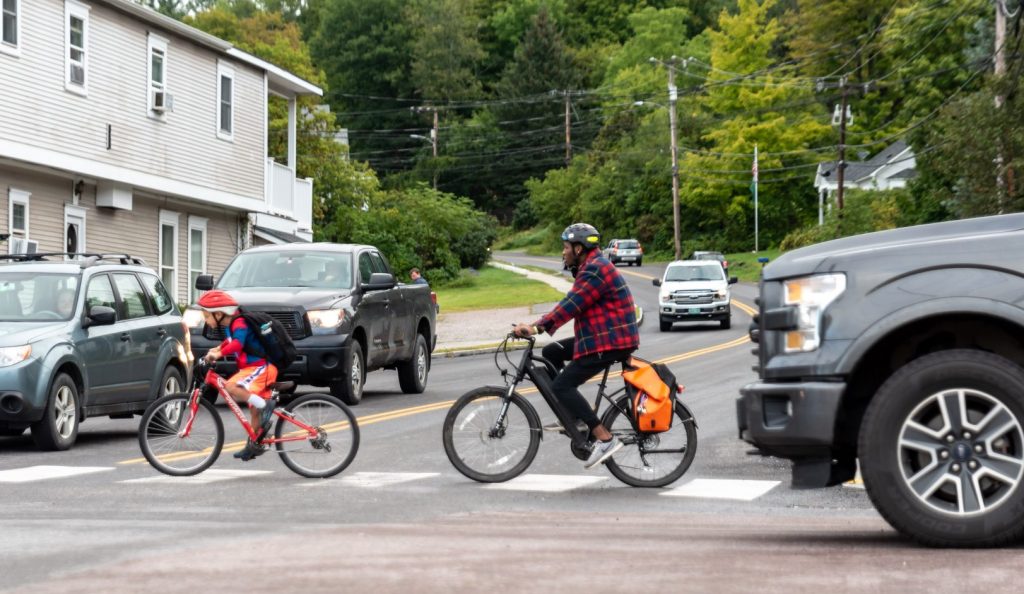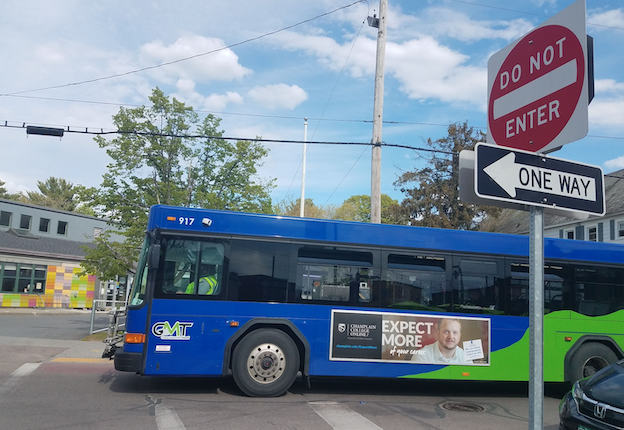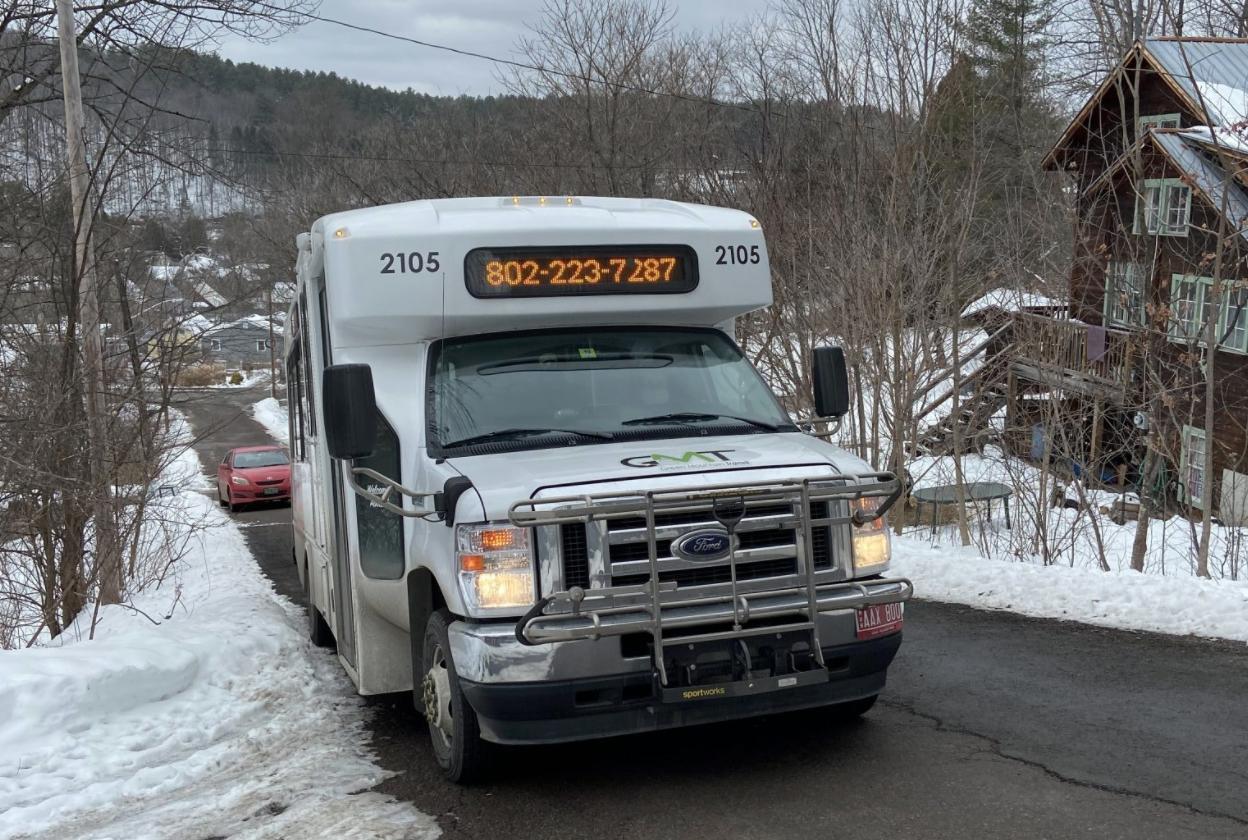
In late December, armed with Covid-negative tests, food for the long haul and a bundle of Christmas gifts, we made the trek to northern Michigan to visit long-unseen family. We packed our internal combustion engine vehicle to the hilt, excited for some much-needed reconnections.
The road from Vermont to my roots in rural northern Michigan is long. Fifteen hours. In between podcasts and Harry Potter’s “Deathly Hallows,” my husband and I assessed the opportunities for future trips made by an electric vehicle.
While we lamented the too-few options for EV charging, my husband still optimistically said to our 10-year-old daughter: “You’ll never drive a gas-powered car; this one is going to be our last.” According to our daughter, she’s never going to drive a car. But we all know that’s likely to change. As so much is going to — and will need to — change.
For our small family, our vehicle is our biggest lingering household fossil fuel-reliance. Over time, we’ve taken steps to reduce our carbon footprint. We live blocks from downtown and my office. Our modest home has solar panels on the roof, a tight thermal envelope, three heat pumps and an efficient wood stove. We’ve ripped the fuel tank out of the basement — but we have yet to rip the Band-Aid off when it comes to relying on our trusty Subaru.
We are committed to that evolution, too, like so many Vermonters are committed to being part of the clean energy transition. The challenge is that this transition has to be easy, affordable and accessible to everyone. We must expand, design and advance programs and policies that make this reality possible for everyone — especially lower-income, historically overburdened Vermonters.
That is why, when it comes to the transportation sector — 40% of our rural state’s climate pollution — it is imperative that the Legislature enact and Gov. Scott supports the recently introduced “Transportation Innovation Act” — H.552.
Winning the sponsorship of 60 legislators, H.552 takes a comprehensive, equity-centered view of stepped transportation transformation in a rural state. Some core components of it include:

- Significant investments in vehicle charging infrastructure, electric vehicle incentives and high-efficiency vehicle programs, such as Mileage Smart and Replace Your Ride — which help lower-income, overburdened Vermonters access more clean, cost-saving transportation options.
- Expanding zero-emission bus and transit fleet deployment opportunities in communities across Vermont, including new opportunities for micro-transit systems (similar to a publicly run Uber) to fill a niche in our current transportation network.
- Making fare-free transit available to all Vermonters for another year.
- Stage-setting and strategic investments in programs to support smart growth and transportation options for Vermonters, beyond the single-occupancy vehicle, like the Mobility and Transportation Innovation program.
- Investing in people-power in state agencies to actually enable the state to support this essential transformation — and more.
This bill will invest approximately $75 million above and beyond current transportation funding. While there are many serious needs and important priorities that will compete for state dollars — and we know that even the unprecedented federal funding will fall short of meeting those needs — this bill must be a priority.
Arguably, H.552 is one of the biggest climate-action bills on the table this year. And on the heels of the adoption of the first statutorily-required Climate Action Plan last December, which requires significant, stepped pollution-reduction progress, this bill is likely the biggest opportunity in the short-term to reduce emissions in our most carbon-intensive sector.

The importance of H.552 grew in late November, too. Days before the Vermont Climate Council was poised to adopt its initial plan, the cornerstone, pollution-reducing transportation policy in the plan — the multi-state Transportation and Climate Initiative-Program (TCI-P) — fell apart. Of the four states signed on to advance the regional cap-and-invest program, Connecticut cratered first and, a day later, Massachusetts’ Republican Gov. Charlie Baker followed, underscoring that Massachusetts was going to move forward with TCI only if multiple states were also committed.
“As that does not exist, the transportation climate initiative is no longer the best solution for the Commonwealth’s transportation and environmental needs,” said Gov. Baker’s press secretary Terry MacCormack.
Rhode Island has since followed suit. And TCI-P — a program carefully crafted by Vermont and a dozen other states for over a decade — is now stalled out.
The tabling of TCI-P leaves Vermont and other states with similar pollution-reduction requirements scrambling to fill the significant gap it leaves. As the co-chair of the transportation task group of the Vermont Climate Council, I can tell you that we are already back to work, rolling up our sleeves to identify the needed policy or regulatory approaches that put us on a path to reduce greenhouse gas emissions at the pace and the scale required.
That work will take time, however. TCI-P was the second most pollution-reducing prong of the Climate Action Plan and an in-depth analysis of commensurate strategies, combined with robust public engagement, will ramp in the coming months. Thankfully, the Transportation Innovation Act helps continue to make progress on essential pollution reduction strategies — now — by expanding many successful programs and supporting an array of investments to create a more clean, multimodal, equitable transportation system.
I hope H.552 moves easily through the Legislature this session. I hope, too, that we can look beyond this year to shape the future and do the even harder work required to reduce our collective reliance on fossil-fired vehicles and improve our transportation networks so that trips to visit the family we love — or get to the jobs and essential services we need — can have less impact on the planet we love.




